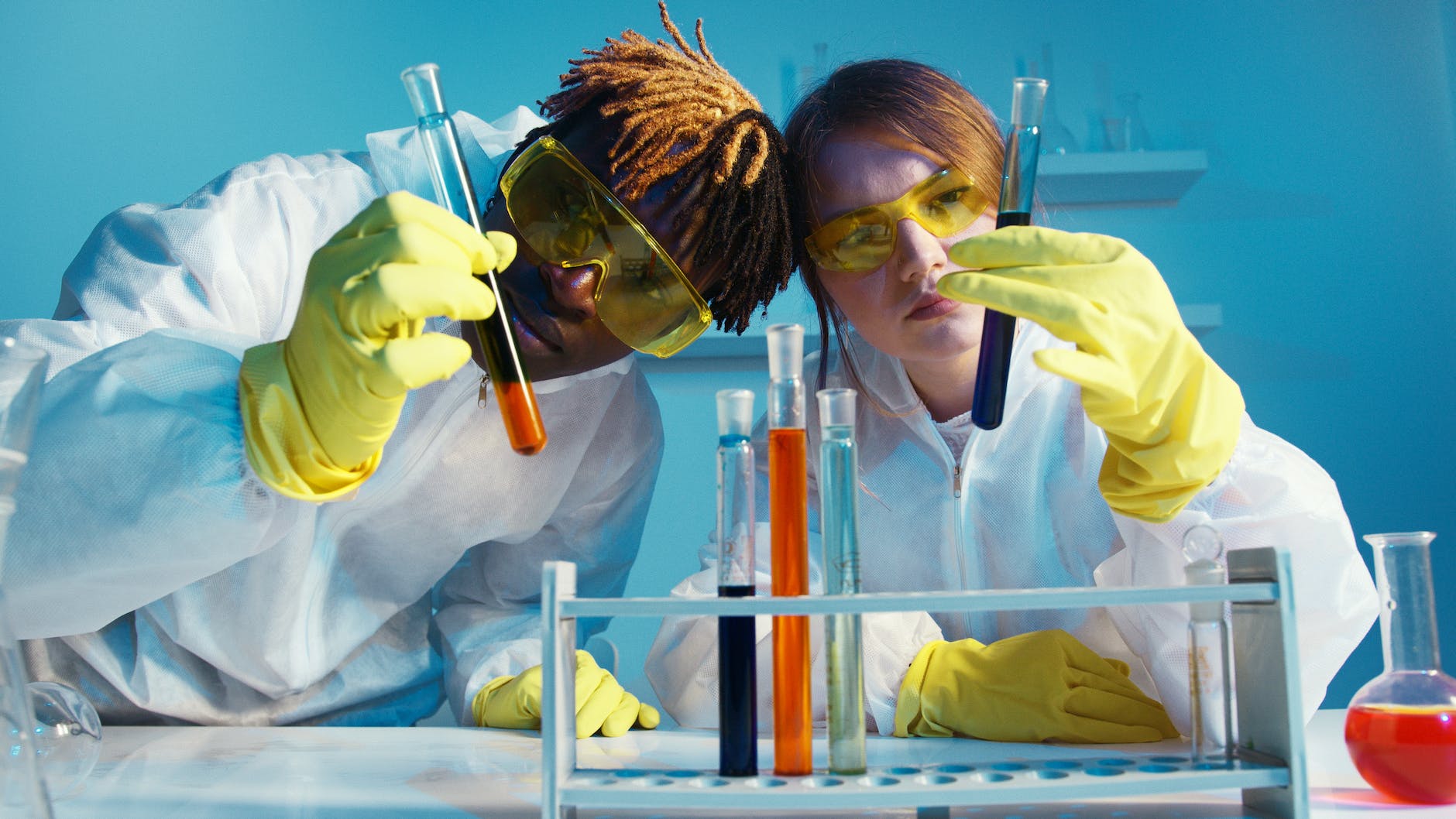
Chemical Safety Protocols: Ensuring a Secure Work Environment
Chemicals are an integral part of various industries, playing a crucial role in manufacturing, research, and development. However, their handling comes with inherent risks that can jeopardize both human health and the environment. This article delves into the importance of chemical safety protocols and provides a comprehensive guide on how to ensure a secure work environment when dealing with hazardous substances.
1. Introduction
Chemical Safety Protocols : Chemical safety is a paramount concern across industries that deal with potentially hazardous substances. From laboratories to manufacturing plants, the proper management of chemicals is vital to prevent accidents, injuries, and environmental harm.
2. Understanding Chemical Hazards
Chemical hazards can include toxic, flammable, reactive, and corrosive substances. Understanding the properties and potential dangers of each chemical is the first step in ensuring safety.
3. Importance of Chemical Safety Protocols
Chemical safety protocols are designed to minimize risks associated with handling, storing, and disposing of chemicals. They safeguard workers, the public, and the environment from potential harm.
4. Key Elements of Chemical Safety
Identifying and Assessing Risks
Thoroughly assessing the risks of each chemical, considering factors like toxicity and exposure routes, helps in devising effective safety strategies.
Proper Storage and Labeling
Storing chemicals appropriately and labeling containers with clear, accurate information prevents mix-ups and accidental exposures.
Personal Protective Equipment (PPE)
Using the right PPE, such as gloves, goggles, and lab coats, creates a barrier between workers and hazardous substances, reducing the risk of contact.
Emergency Response Plans
Having well-defined emergency plans, including evacuation procedures and first-aid protocols, ensures swift and effective actions in case of accidents.
5. Implementing Chemical Safety Protocols
Training and Education
Regular training sessions for employees ensure they are well-versed in proper handling techniques, emergency procedures, and the use of safety equipment.
Handling and Transportation
Following established protocols during the handling and transportation of chemicals prevents spills, leaks, and accidents during transit.
Waste Disposal
Safe disposal methods, in accordance with regulations, prevent environmental contamination and potential harm to sanitation workers.
6. Regulations and Compliance
Government agencies like OSHA (Occupational Safety and Health Administration) and EPA (Environmental Protection Agency) set guidelines for chemical safety. Compliance with these regulations is essential to avoid legal consequences.
7. Case Studies: Learning from Past Incidents
Examining past accidents involving chemical mishandling provides valuable insights into the consequences of neglecting safety protocols. Learning from mistakes helps prevent future disasters.
8. Continuous Improvement and Best Practices
Regularly updating safety protocols based on new information and technologies ensures that the work environment remains secure and aligned with the latest standards.
Chemical Hazards and Precautions
9. Conclusion
Chemical safety protocols are the foundation of a safe and productive workplace when dealing with hazardous substances. By identifying risks, implementing best practices, and adhering to regulations, industries can minimize the potential for accidents and protect their employees, the community, and the environment.
FAQs
- What is the role of personal protective equipment (PPE) in chemical safety? Personal protective equipment acts as a barrier, shielding workers from potential chemical exposures and reducing the risk of accidents.
- Why is continuous improvement important in chemical safety protocols? Continuous improvement ensures that safety measures remain up-to-date, considering the latest advancements and potential risks.
- How can I ensure proper disposal of chemicals? Proper disposal involves following local regulations and guidelines to prevent environmental contamination. Contact your local waste disposal authority for guidance.
- What are some common mistakes to avoid in chemical handling? Neglecting proper labeling, inadequate training, and poor storage practices are common mistakes that can lead to chemical accidents.
- Where can I learn more about specific chemical safety regulations? You can find detailed information on chemical safety regulations from government agencies such as OSHA and EPA, as well as industry-specific organizations.
























